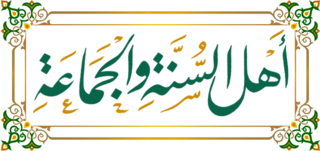 W
WAkshamsaddin, was an influential Ottoman religious scholar, poet, and mystic saint. He was an influential tutor and adviser to Sultan Mehmed the Conqueror. After completing his work with his master Shaykh Haji Bayram Wali, he founded the Shamsiyya-Bayramiyya Sufi order. He discovered the lost grave of Abu Ayyub al-Ansari in Constantinople preceding the Siege of Constantinople.
 W
WHayreddin Barbarossa, also known as Hızır Hayrettin Pasha, and simply Hızır Reis , was an Ottoman corsair and later admiral of the Ottoman Navy. Barbarossa's naval victories secured Ottoman dominance over the Mediterranean during the mid 16th century.
 W
WMara Branković or Mara Despina Hatun, also known as Sultana Marija or Amerissa, was the daughter of Serbian monarch George Branković and Eirene Kantakouzene. She entered the harem of Sultan Murad II of the Ottoman Empire. During the second reign of her step-son Mehmed the Conqueror, she held the position of Valide Hatun, a title equivalent to the later Valide Sultan which means queen mother.
 W
WStefan Branković, also known in historiography as Stefan the Blind, was briefly the despot (ruler) of the Serbian Despotate between 1458 and 1459, member of the Branković dynasty.
 W
WBülbül Hatun was a consort of Sultan Bayezid II of the Ottoman Empire.
 W
WMusa Çelebi was an Ottoman prince and a co-ruler of the empire for three years during the Ottoman Interregnum. The name Çelebi is an honorific title meaning gentleman.
 W
WCem Sultan, was a claimant to the Ottoman throne in the 15th century.
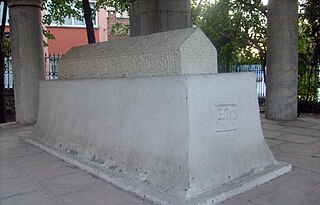 W
WDevlet Hatun was the wife of Sultan Bayezid I, and the mother of Mehmed I of the Ottoman Empire.
 W
WYahya bey Dukagjini was an Ottoman poet and military figure. He is one of the best-known diwan poets of the 16th century. He wrote in Ottoman Turkish.
 W
WEvrenos or Evrenuz was an Ottoman military commander, with an unlikely long-lived career and lifetime. He served as a general under Süleyman Pasha, Murad I, Bayezid I, Süleyman Çelebi and Mehmed I.
 W
WGevherhan Hatun was an Ottoman princess, the daughter of Mehmed the Conqueror and Gülbahar Hatun. She was the sister of Sultan Bayezid II.
 W
WGülbahar Hatun, also known as Mükrime Hatun, was the first wife of Sultan Mehmed II, and Valide Sultan to their son, Sultan Bayezid II.
 W
WGülbahar Hatun, also known as Ayşe Hatun was a consort of Sultan Bayezid II and the mother of Sultan Selim I of the Ottoman Empire and the grandmother of Sultan Suleiman the Magnificent.
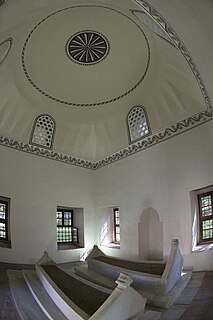 W
WGülşah Hatun was a consort of Sultan Mehmed the Conqueror of the Ottoman Empire.
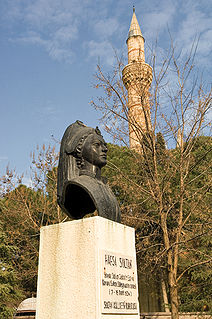 W
WHafsa Sultan was the wife of Selim I and the first valide sultan of the Ottoman Empire as the mother of Suleiman the Magnificent. During the period between her son's enthronement in 1520 and her death in 1534, she was one of the most influential persons in the Ottoman Empire.
 W
WHass Murad Pasha was an Ottoman statesman and commander of Byzantine Greek origin.
 W
WŞirin Hatun was a consort of Sultan Bayezid II of the Ottoman Empire.
 W
WHovakim I, also known as Hovakim of Bursa, was the first Armenian Patriarch of Constantinople under the authority of the Catholicos of Armenia and of all Armenians. He and his community were invited by the Ottoman Sultan Mehmed II to the city from Bursa in 1461, eight years after the Fall of Constantinople (1453). Hovakim I was recognized as the religious and secular leader of all Armenians in the Ottoman Empire, and carried the title of milletbaşı or ethnarch as well as patriarch. He was Armenian Patriarch from 1461 to 1478.
 W
WHüma Hatun was the fourth wife of Ottoman Sultan Murad II and mother of Mehmed II.
 W
WHüsnüşah Hatun, was a consort of Sultan Bayezid II of the Ottoman Empire.
 W
Wİsa Çelebi was an Ottoman prince and a co-ruler of the empire during the Ottoman Interregnum. The name Çelebi is an honorific title meaning gentleman; see pre-1934 Turkish naming conventions.
 W
WIsa-Beg Ishaković was an Ottoman general and the governor of the Sanjak of Bosnia for most of his career. Of Serbian Bosnian noble origin, he was recruited after being held hostage by the Ottomans. He was a provincial governor during the 1450s and 1460s, first in charge of the Sanjak of Skopje, and then the Sanjak of Bosnia. He was instrumental in the Ottoman conquests in the region, and was one of the Sultan's most trusted generals.
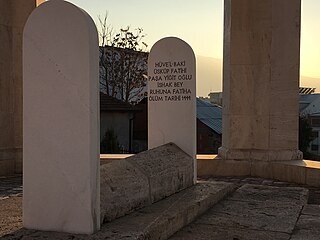 W
WIshak Bey or Ishak-Beg was an Ottoman governor and soldier, the sanjakbey of Üsküb from 1415 to 1439.
 W
WImrahor Ilyas Bey was an Ottoman military commander and governor of Albanian origin, who served sultan Bayezid II. He married the daughter of sultan Mehmet II and founded the town of Korçë in the 15th century.
 W
WNigar Hatun was a consort of Sultan Bayezid II of the Ottoman Empire.
 W
WAla al-Dīn Ali ibn Muhammed, known as Ali Qushji was a Timurid theologian, jurist, astronomer, mathematician and physicist, who settled in the Ottoman Empire some time before 1472. As a disciple of Ulugh Beg, he is best known for the development of astronomical physics independent from natural philosophy, and for providing empirical evidence for the Earth's rotation in his treatise, Concerning the Supposed Dependence of Astronomy upon Philosophy. In addition to his contributions to Ulugh Beg's famous work Zij-i-Sultani and to the founding of Sahn-ı Seman Medrese, one of the first centers for the study of various traditional Islamic sciences in the Ottoman caliphate, Ali Kuşçu was also the author of several scientific works and textbooks on astronomy.
 W
WAhmed Muhiddin Piri, better known as Piri Reis, was an Ottoman admiral, navigator, geographer and cartographer.
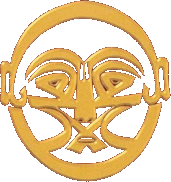 W
WŞahkulu also known as Shah-Qoli Baba, Shahqoli Baba, or Karabıyıkoğlu, was the leader of the pro-Shia and pro-Safavid uprising in Anatolia – the Şahkulu Rebellion – directed against the Ottoman Empire in 1511. He was viewed as a Messiah and Prophet by his followers. His death in battle signified the end of the uprising. He is buried in Amasya.
 W
WMimar Sinan c. 1488/1490 – July 17, 1588) was the chief Ottoman architect and civil engineer for sultans Suleiman the Magnificent, Selim II, and Murad III. Known as Koca Mi'mâr Sinân Âğâ, "Sinan Agha the Grand Architect", he was responsible for the construction of more than 300 major structures and other more modest projects, such as schools. His apprentices would later design the Sultan Ahmed Mosque in Istanbul and Stari Most in Mostar.
 W
WGjergj Kastrioti, known as Skanderbeg, was an Albanian nobleman and military commander who led a rebellion against the Ottoman Empire in what is today Albania, North Macedonia, Greece, Kosovo, Montenegro and Serbia.
 W
WSüleyman Çelebi was an Ottoman prince and a co-ruler of the empire for several years during the Ottoman Interregnum.